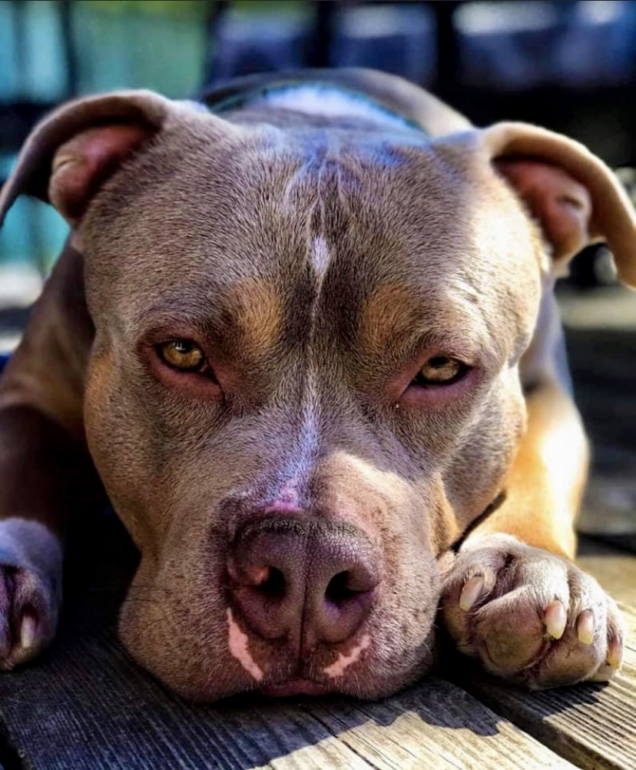For as long as I can remember, my family has fostered pit bulls. The work we’ve done with these dogs specifically has always brought a sense of joy to our family and brought us closer together.
Over the last five years, we’ve welcomed 10 fosters into our home and helped raise and train them. Five were pit bulls and five were bully mixes. A bully mix is a pit bull crossbreed.
Historically, and even today in some parts of the world, pit bulls are used for dogfighting. They are trained to be aggressive and to fight. It’s why many people perceive this breed to be scary and violent.
But it’s only pit bulls that are trained in this way that are aggressive and violent.
“Dogfighting is one of the most heinous forms of animal cruelty,” states the American Society for the Prevention and Cruelty to Animals (ASPCA) website.
“Dogs used for fighting are typically raised in isolation, so they spend most of their lives on short, heavy chains. They are regularly conditioned for fighting through the use of drugs, including anabolic steroids to enhance muscle mass and encourage aggressiveness,” the website also said.
Pit bulls were banned in Ontario in 2005 after two dogs attacked a man. Critics of the ban said the law punished the animal and not the owner. The Conservative provincial government eased regulations last year, allowing for the return of a dog not involved in an incident with restrictions.
In the five years since my family has been raising pit bulls, we’ve come to learn that they are often referred to as the “nanny breed” of dogs. That means they are very good with children.
In my experience with pit bulls, they’re the most loving and physically affectionate dogs you’ll ever meet. They’re gentle around kids and other dogs, and just want to show you how much they love you.
I think the misconception about pit bulls stems from their physically imposing stature. They’re muscular, fast and have really strong jaws. I would argue, given my handling of many different types of breeds, smaller breeds like the chihuahua can be equally aggressive if not trained properly.
The journal of Plastic and Reconstructive Surgery reports that in a five-year review of dog bite injuries, 51 per cent reported were the result of a run-in with a pit bull. The article says the reason for this has to do with the size of the breed and the size of the bite. I would argue this statistic illustrates the fact pit bull bites are reported more often than bites by smaller breeds.
Whether a dog becomes aggressive and shows its teeth, growls, or bites is often because of the environment they’re in. The owner has either trained them this way or neglected to train them properly.
It’s this unfair label attached to pit bulls that makes it difficult to adopt them out.
“Pit bulls are misunderstood, feared, and overcrowding shelters all over the place,” the dog rescue site, Kennel to Couch, said.
“The sad reality is that all the negative traits about pit bulls are common knowledge, while few may have an understanding of their unique and special characteristics that surely make them lovable and adoptable,” the same site said.
I plan to continue to raise pit bulls correctly to be their best selves and to prepare them to live happy lives in their forever homes.
“Pit bulls love people,” said PitBulls.org. “Although this breed frequently gets a bad rap in the media, if you have ever met a pit bull that was raised by a loving and conscientious family then you will understand how much they like to be with people.”


